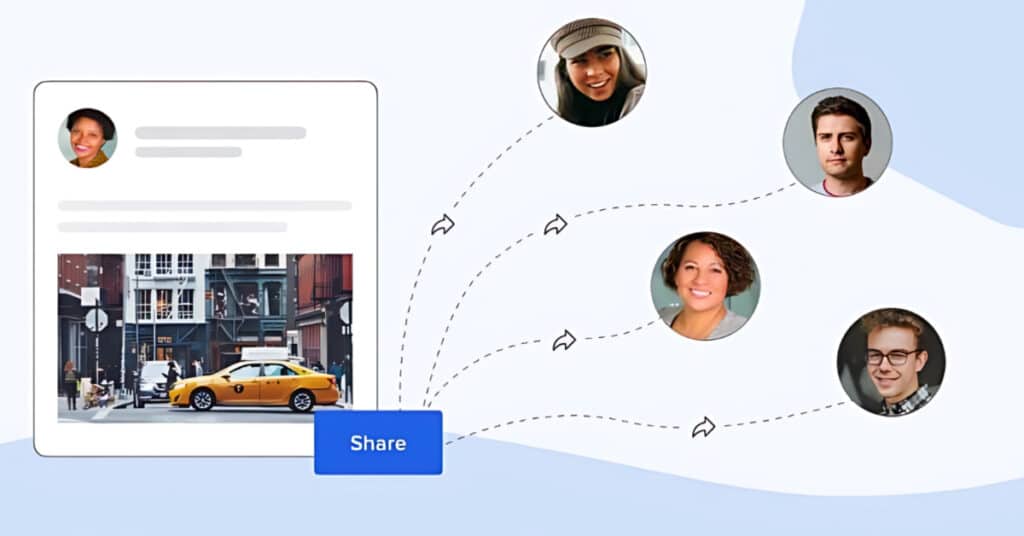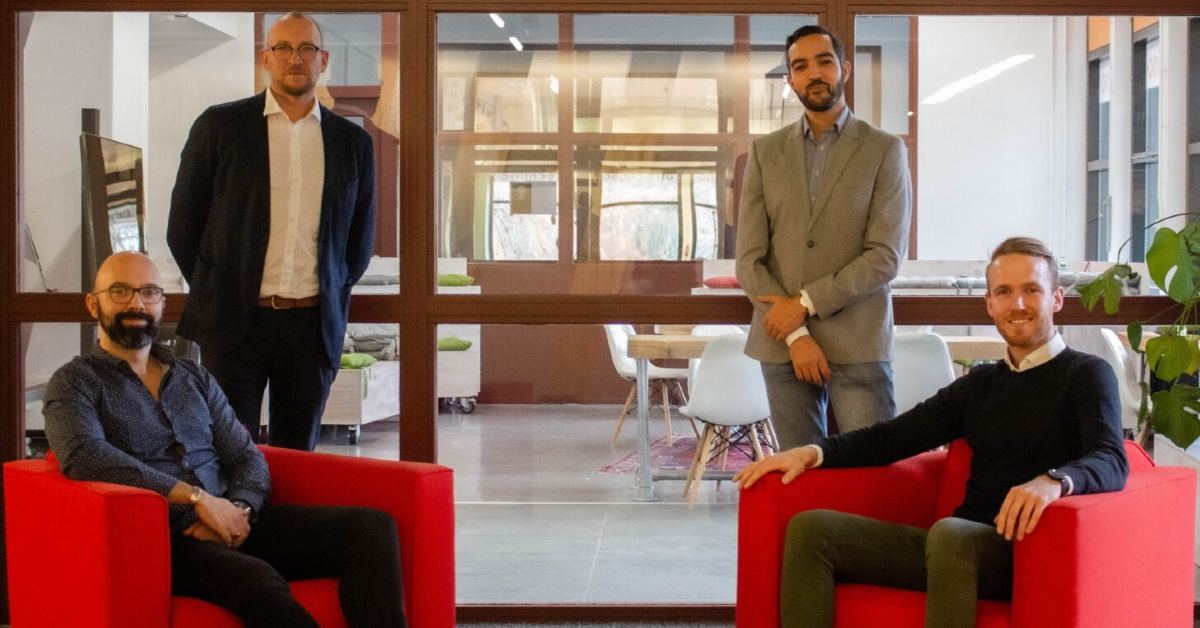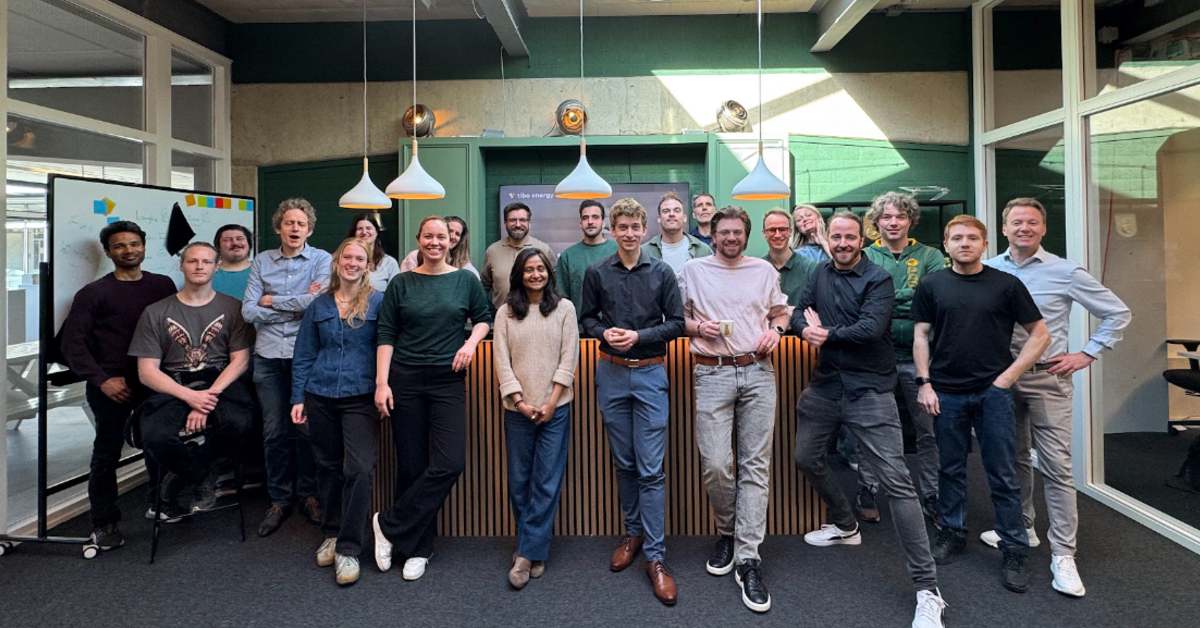Generation Z, born between 1997 and 2012, are redefining the B2B social media landscape. It would be an understatement to say they are everywhere, and in many ways, it is their world, and we all live in it. There are many stats to back that, with Gen Z representing 32 per cent of the global population and accounting for 27 per cent of the workforce in 2025. They are employees, consumers, and entrepreneurs, and their collective force plays a key role in driving new business strategies, workplace policies, and marketing approaches.
Their unique perspectives and digital fluency influence how businesses communicate and engage online. They are also champions of work-life balance, with 35 per cent of Gen Zers spending over four hours a day on social media.
Their ability to transcend personal and private life allows them to reshape B2B social media. According to LinkedIn, approximately 78 million Gen Zers are LinkedIn members. As digital natives, they join LinkedIn, the world’s largest professional network, soon after high school, and they have three key considerations when looking at brands: eco-friendly, socially responsible, and, most importantly, listening to customer feedback.
How the Gen Z affects B2B social media

If you are a Gen Z, you may have reshared a motivational quote, a workplace message, or an interesting article on LinkedIn. You probably also interacted with others by commenting or reacting to their posts. By humanising brand voice, cutting through the clutter, and following the latest trends, here are six ways that Gen Zers are affecting B2B social media:
- Humanising brand voice – adjusting the tone for Gen Z – down to earth and accepting of diversity
- Adjusting the content types (keeping it short, interactive, entertaining, and following trends)
- Encouraging employee advocacy with employee-generated content
- Emphasising authenticity and transparency
- Following influencers with visual storytelling pioneers – short videos by influencers, podcasters
- Adoption of trend-driven content
- Podcasting as a source of information and interest
Humanising brand voice – adjusting the tone for Gen Z
The biggest effect comes in the way Gen Z is adjusting the tone on social media. They are forcing social media managers to shift from formal, jargon-heavy language to a conversational and relatable tone. Because of Gen Z, we had come from the time when businesses focused on deploying stats, and quotes to connect with their audience to a time when posts also need to employ humour, emojis, and casual language to become more approachable and relatable. For example, brands are moving away from “Our software increases productivity” to “Want to make your team’s workday smoother? We’ve got the tool you need,” and these posts are not just messages, but they are akin to sending a DM to Gen Z on social media.
Adjusting the content types (keep it short, interactive, entertaining, and follow trends)
The power of Gen Z was recently on display when the US government introduced its TikTok sale-or-ban law, which the US Supreme Court upheld in January 2025. Gen Zers became a force to ensure that the law didn’t go into effect immediately and were able to move the needle on TikTok’s relevance. They did so not only by calling their representatives and senators but also by posting unique and integrative content. This event once again demonstrated their power to adjust the content type.
Gen Z likes content shared with them to be short, which is demonstrated by the success of platforms like TikTok and Facebook being forced to push Instagram Reels as an alternative. They also like interactive content and are often early adopters of new technology like augmented, virtual, and mixed reality that support this content. Their ability to entertain transcends old-school leaders, and humour is part of their discourse.
They are also among the first to see a trend and make it go viral and make it part of our everyday language. Without Gen Z, Demure would not have been crowned word of the year by Dictionary.com, and we wouldn’t have terms like “slay” and “spill the tea” in our communication. HubSpot is a great example of a brand using Gen Z language on professional social media platform like LinkedIn. It uses unique voice that vibes with Gen Zers and pairs them with the latest memes for its audience to connect, engage, share, and discuss in comments.
“Gen Z looks for authentic interactions and authentic brands, not super put-together ads, but authenticity, realness, and relatability,” says Reece Callaway, Social Media Strategist and Content Operations Lead at HubSpot.
Encouraging employee advocacy

According to Oktopost’s guide on employee advocacy, when employees post and engage in conversations, they naturally promote the brand in a genuine rather than forced way. This authentic and natural conversation relates to Gen Z, who is a driving force behind businesses and brands encouraging employee advocacy. By recognising the power of personal brands, Gen Z encourages employees to become corporate influencers.
They share authentic experiences and insights on their profiles and become the voice of the brand. Gen Z’s employee advocacy leads to enhanced company reach and credibility, and fosters a sense of community among Gen Z on platforms like LinkedIn.
Emphasising authenticity and transparency
Did your favourite brand or creator recently post a behind-the-scenes video? You have Gen Z to thank for it. The sudden rise in popularity of behind-the-scenes videos is driven by Gen Z, who put authenticity and transparency at the top of their connections and conversations. According to Oktopost, authenticity is paramount for Gen Z, and they consume behind-the-scenes content, employee stories, and user-generated content to build genuine connections. This approach fosters trust and showcases the human side of the business, moving away from polished and corporate imagery.
Visual storytelling pioneers – short videos by influencers, podcasters
Gen Zers were born when Wi-Fi was invented, BlackBerry changed peer-to-peer communication, Facebook transformed connection, camera phones made digital cameras obsolete, and the iPhone made camera phones obsolete. In other words, they were born when the world moved away from static to dynamic communication, and today, they are the pioneers of visual storytelling.
They don’t communicate with long messages or emails but use images and videos to convey their feelings. Their ability to seamlessly include visual elements into social media posts not only captures attention but baffles many brands looking to find inroads with Gen Z. Through short videos, podcasts, and direct engagement with podcasters and influencers, Gen Z is enhancing engagement and making even complex information digestible.
Adoption of trend-driven content
By spending more than four hours a day on social media, Gen Z keeps a pulse on the latest social media trends. Once they spot it, they can effortlessly integrate them into their communication and digital strategies. This includes using contemporary slang, creating content that resonates with current events, and participating in viral challenges. This adaptability to the trend-driven content of Gen Z helps B2B brands remain relevant and relatable to a younger audience.
When a Twitter user posted a photo and asked their followers to respond with only the wrong answers, brands took notice. They immediately jumped on the trend with brands like Oktopost, HiBob, and others turning it into a Gen Z B2B social media phenomenon on LinkedIn. When Adam Sandler appeared in a hoodie and basketball shorts at the 2025 Academy Awards, brands quickly connected the dress code with pyjamas and work-from-home outfits.
There are many such examples of B2B companies using the latest memes and trends to connect with their audience. On LinkedIn, brands are using the polls option to make business decisions like whether the return to office mandate will truly take effect or WFH is here to stay. The adoption of trend-driven social media content is helping brands reach out to Gen Z in an authentic and realistic way.
Podcasting as a source of information and interest
While podcast listeners span many age groups, millennials and Gen Z form the largest audience. Gen Zers use podcasting as their primary source of information and entertainment, turning to bite-sized, educational podcasts and listening to explainer formats like Stuff You Should Know. They are also the biggest consumers of news podcasts like The Daily by The New York Times, while comedy, true crime, productivity hacks, and mindfulness also top their interests.
However, they don’t just stop at consumption but also complement their podcast consumption with social media trends by discussing viral topics, reality TV recaps, and meme culture. While podcasts are genuinely a source of information for Gen Z folks, they are also a form of self-care and one that spans interest among different subsets of users.









01
From telecom veteran to Dutch Startup Visa success: The Jignesh Dave story